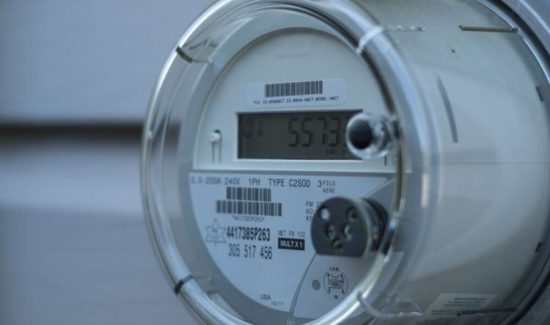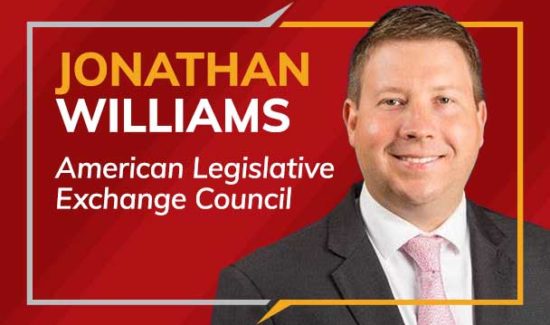Numbers Improve at Rivers Casino
(August 18, 2011) – As the second full year of operations came to a close, the Rivers Casino received some good news in the form of an upgrade in its credit rating by Moody’s Investors Service. An upcoming decision by Standard & Poor’s is also expected to raise the Casino’s credit rating. While the rating improvement from Caa3 to Caa2 will help the Rivers’ cost of borrowing, Moody’s remains cautious about the Casino’s long-term future because of high debt levels.
Rivers Casino was beset initially by ownership issues and saw slots revenues fall well short of pre-opening forecasts which, in turn, prompted a credit downgrade. As we noted in earlier Policy Briefs the Casino’s gross terminal revenue projections from slots for its first year of operations was $427 million. But revenue fell woefully short of forecasts in the August 2009 to August 2010 period, coming in at only $222.3 million. Moreover, the first year revenue was far below the Gaming Board’s more modest projection of $362 million. In the second year (early August 2010 to early August 2011) the gross terminal revenues (GTR) from slot machines amounted to $264.3 million—an increase of 19 percent. However, even at the recent improved levels, revenue remains well short of original projections.
Comparing the first seven months of 2011 (January through the first week of August) to the same period in 2010 shows the progress of the Rivers Casino. In 2010, the Rivers’ cumulative GTR was $143.2 million. For the same time frame in 2011 the amount was $165.9 million—an increase of 16 percent. By comparison the Meadow’s 2011 GTR at the same time was $150.8 million while in 2010 it was $150.6—virtually unchanged. Keep in mind that the Meadows has exceeded expectations since opening. For example, in calendar 2010 the Meadows earned $248.8 million easily beating their pre-opening projection of $236 million.
So what has happened at the Rivers in 2011 to produce the nice jump in GTR?
In strictly accounting terms two things have changed that explain the gain. First, there was an increase in the amount wagered. During the first seven months of 2010 slot players wagered an average of $62.5 million per week. For the same time frame in 2011 that amount increased to $64.9 million per week—a rise of nearly 4 percent. Secondly the Casino reduced the payout percentage and raised the share of wagers kept by the casino. During the period of the sample the average weekly payout percentage in 2010 was 90.8 (9.2 percent retained by the casino). In 2011 the payout was 89.9 percent (10.1 percent retained by the casino.) The retain rate thus rose by nearly 10 percent. The two changes together account for 14 percent of the 16 percent higher GTR. The remainder of the gain most likely reflects a decline in the amount of promotional play used by the casino as a marketing device. Retained revenue from internal promotional play does not count toward the gross terminal revenue recorded by the state.
The modest 4 percent increase in wagering could be a result of more players or greater wagering by the average player. But the publicly available data do not permit us to reach a conclusion as to which of those possibilities occurred. But we do know of one important change in the casino operations, namely the addition of table games. In July 2010 the Rivers began offering table games and it is possible that the draw of table games brought more gamblers through the doors, some of who played the slots as part of their visit. In that first month a total of 85 tables—24 non-banking games (like poker) and 61 banking games (like blackjack) being offered. They have increased the number of tables ever since eventually reaching 107 (30 non-banking, 70 banking, and 7 electronic) by April 2011.
On a monthly basis these table games brought in an average of $5.5 million per month in 2011. Revenue ranges from a low of $4.64 million (January) to a high of $6.87 million (July). One caveat to this new revenue is that table games are far more labor intensive than slot machines and thus have much greater costs associated with them. How much of a boost the table games have provided the Casino only their management can say. However, the introduction of table games combined with the increase in slot machine GTR has apparently given the Rivers a much needed lift after a difficult first year. But they still have a long way to go to reach their initial expectations, even with the table games.
Frank Gamrat, Ph.D., Senior Research Associate
Jake Haulk, Ph.D., President





